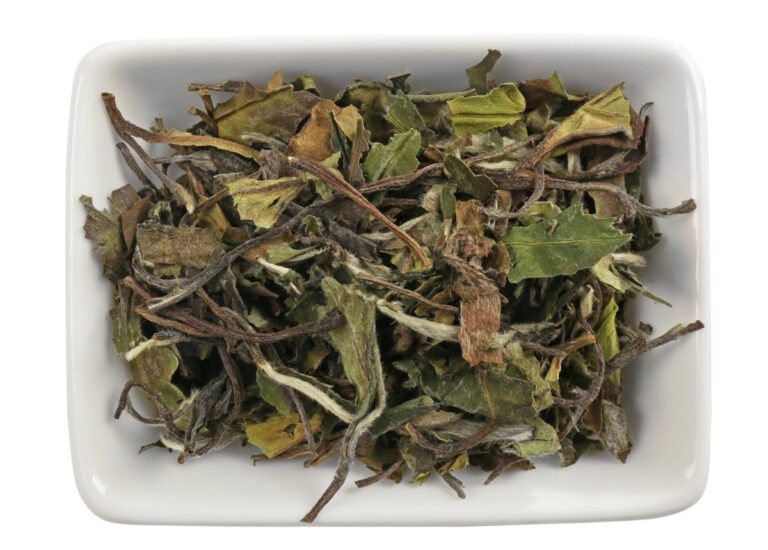White Tea is a minimally processed tea made from the young leaves and unopened buds of the Camellia sinensis plant.
Originating from China’s Fujian province, white tea is known for its delicate flavor, subtle aroma, and pale golden color. It is one of the least processed forms of tea, which helps retain a high amount of antioxidants and other beneficial compounds.
Table of Contents
Characteristics
- Minimal Processing: White tea is one of the least processed types of traditional tea.
- Appearance: The tea leaves often have fine, silvery-white hairs, giving them a whitish appearance.
- Flavor Profile: It typically has a light, subtle taste with sweet, floral notes and a smooth finish, lacking the grassy flavor profile that is sometimes associated with green tea.
Production Process
- Harvesting: The tea is picked according to the standard of whatever specific type of white is being made.
- Withering: Leaves are spread out under controlled conditions, to let them wither and to reduce the moisture content.
- Drying: Usually dried using sunlight or low-temperature machinery to halt oxidation without significantly altering the leaf’s natural state.
Examples of White Tea
- Silver Needle (Bai Hao Yinzhen): Made exclusively from young, unopened buds. It is the highest grade of white tea, prized for its purity and delicate flavor.
- White Peony (Bai Mudan): Consists of both buds and the first few leaves. It has a fuller flavor compared to Silver Needle.
- Tribute Eyebrow (Gong Mei) and Noble, Long Life Eyebrow (Shou Mei): Made from more mature leaves and have a stronger flavor profile.

